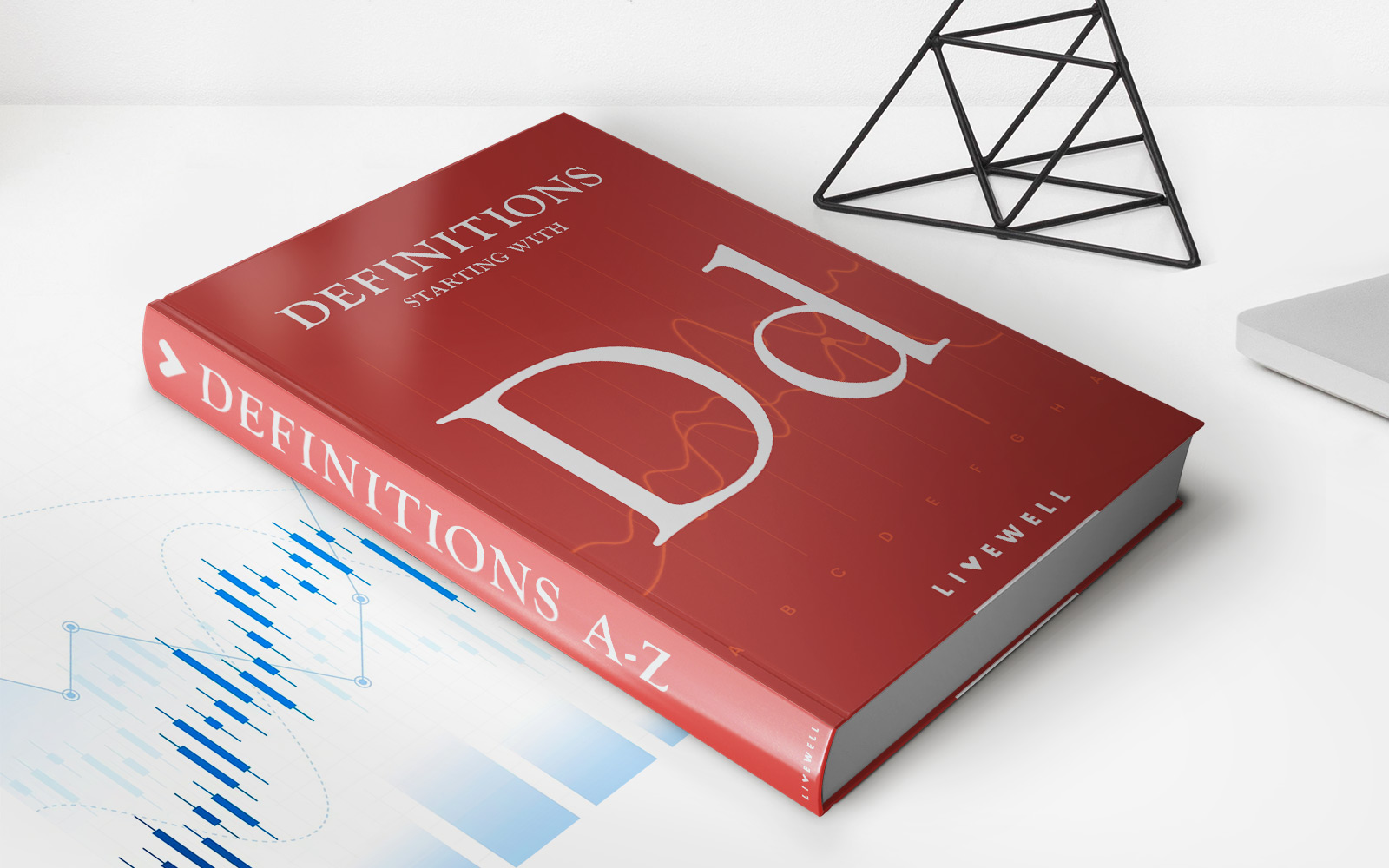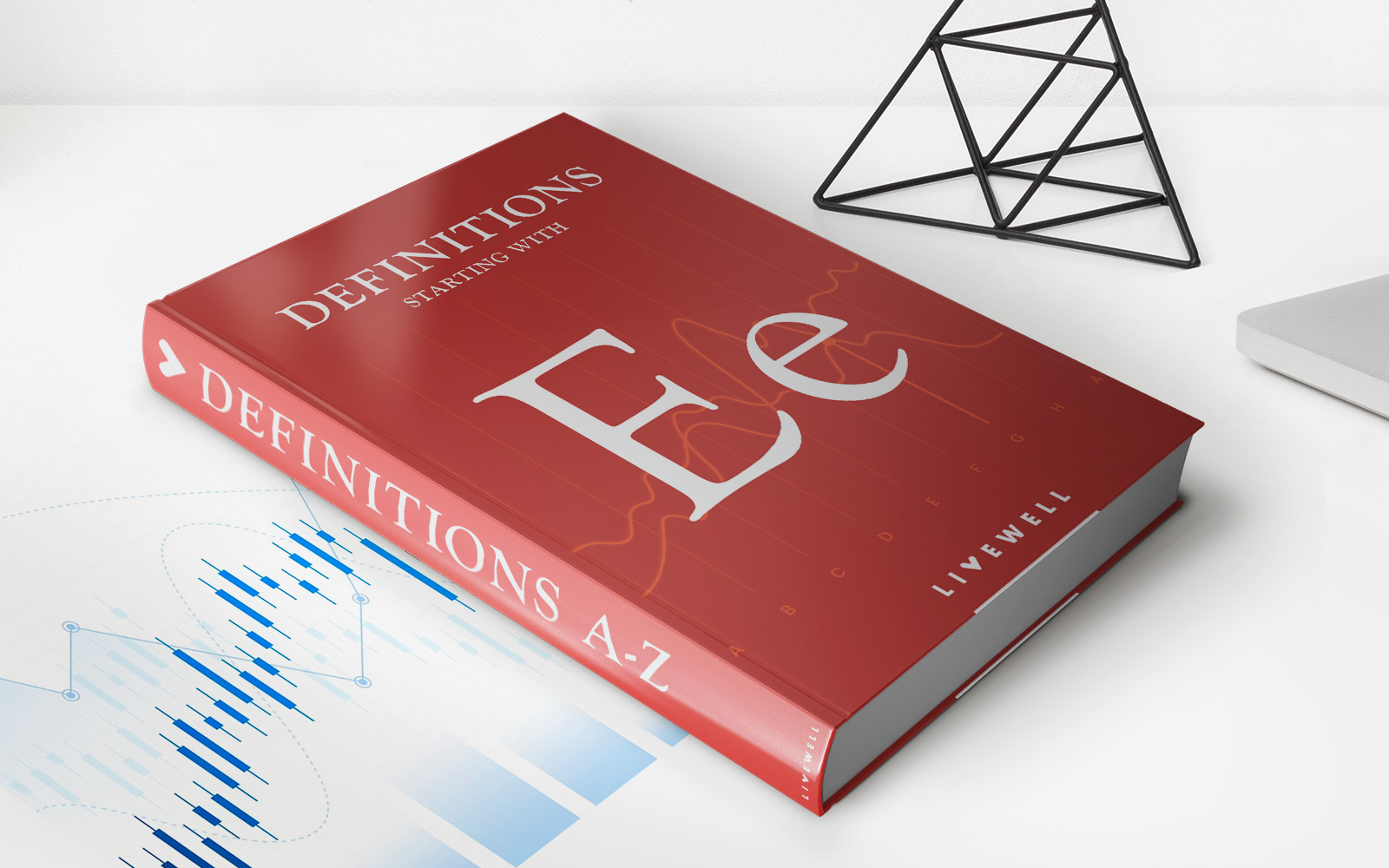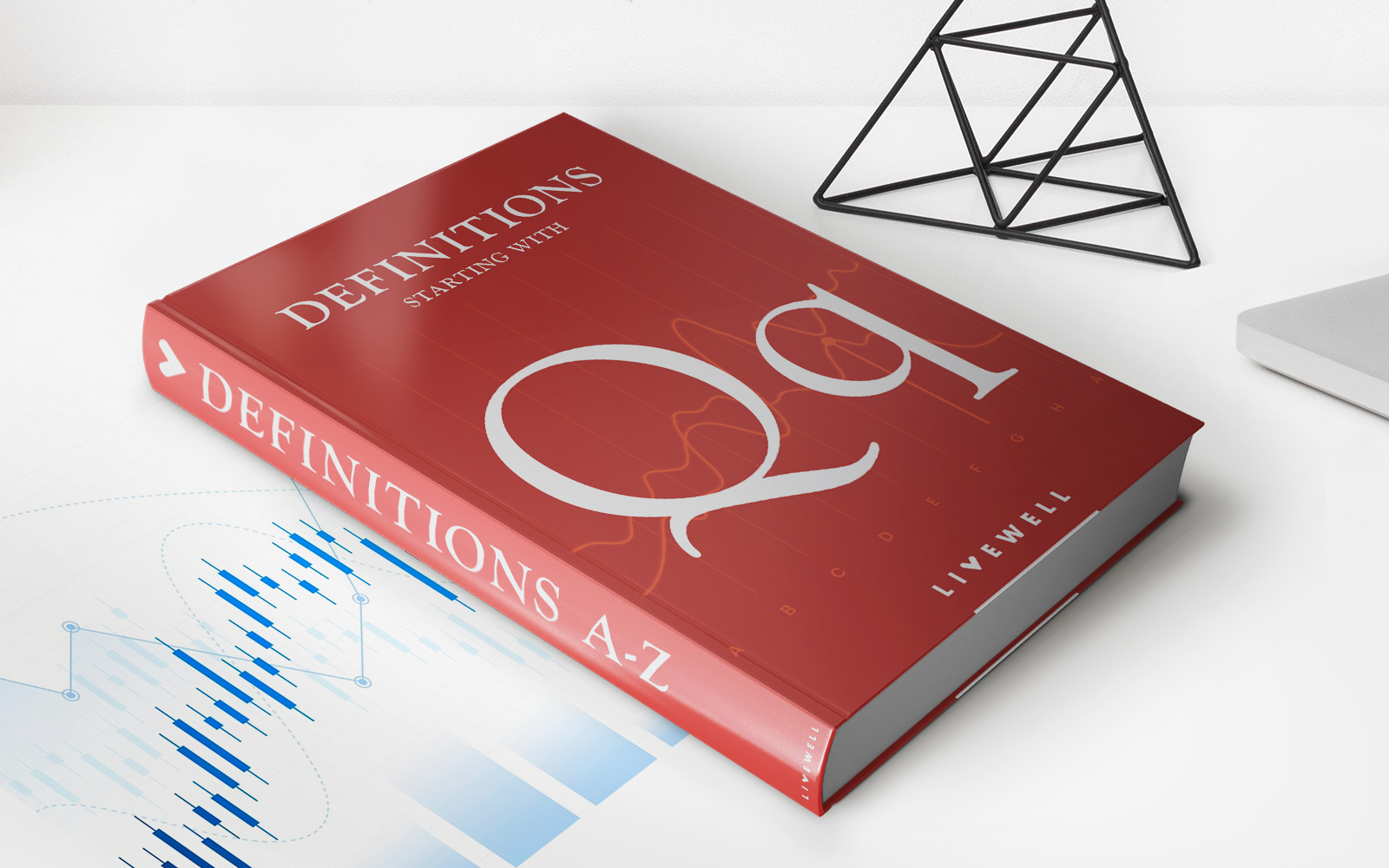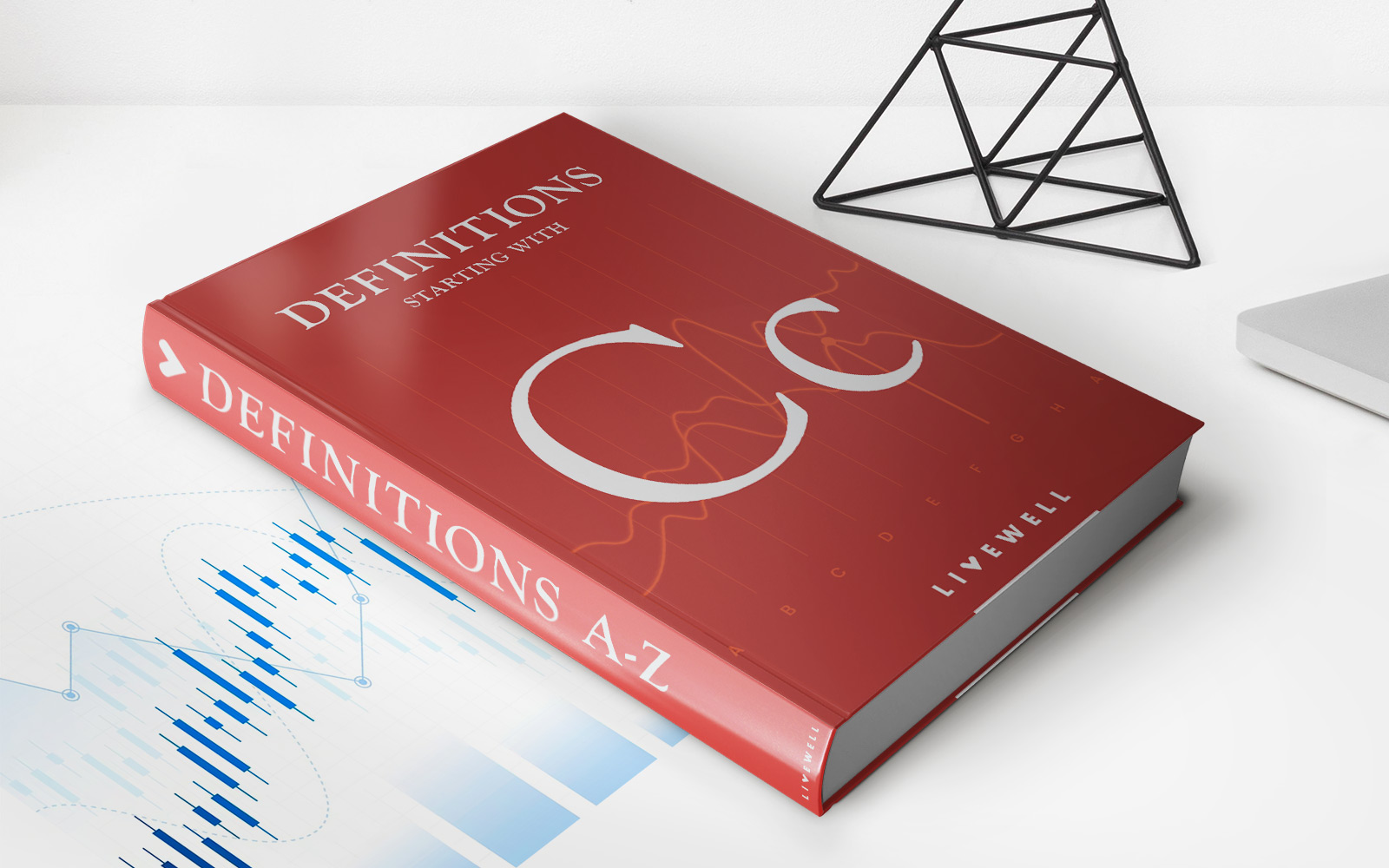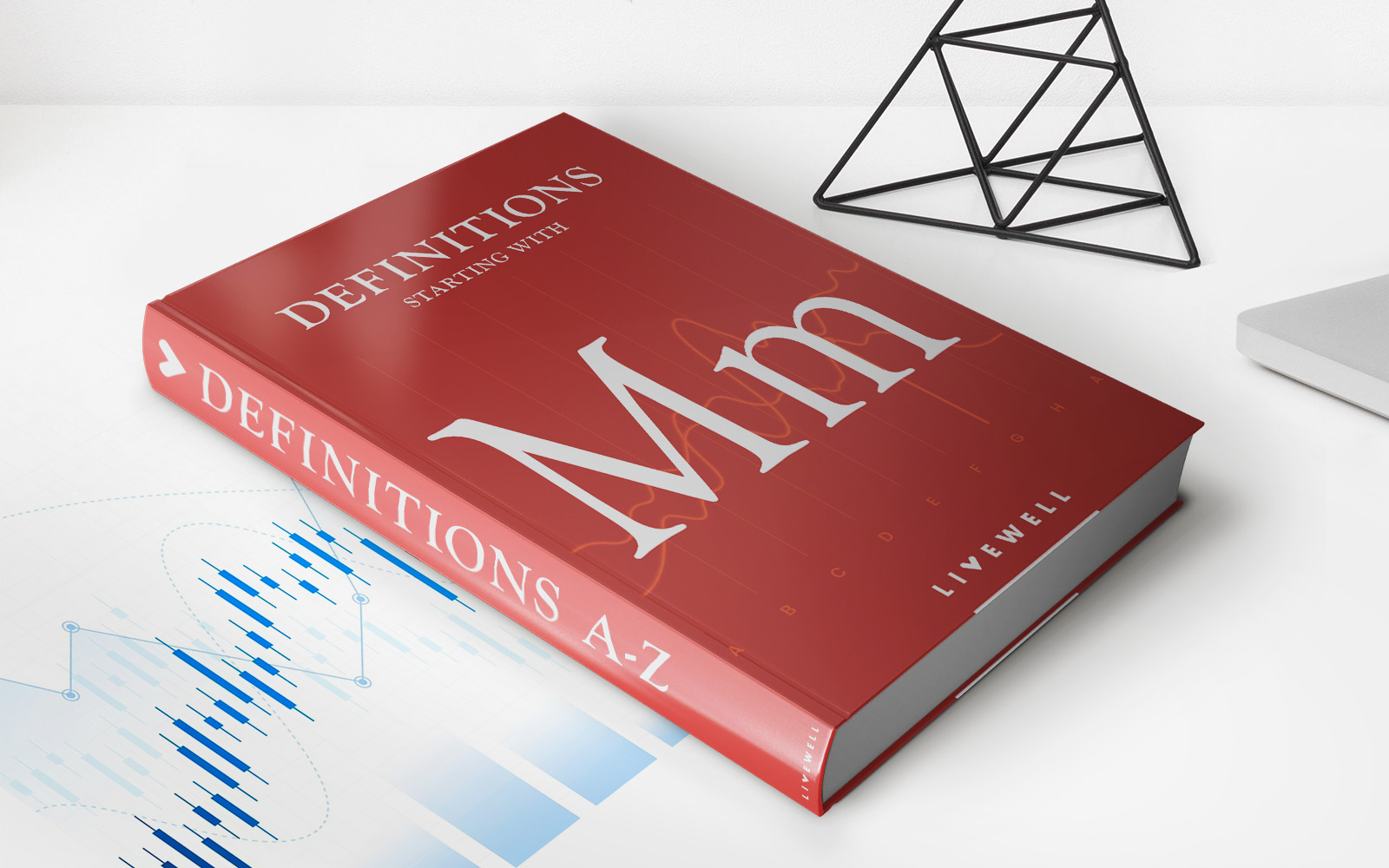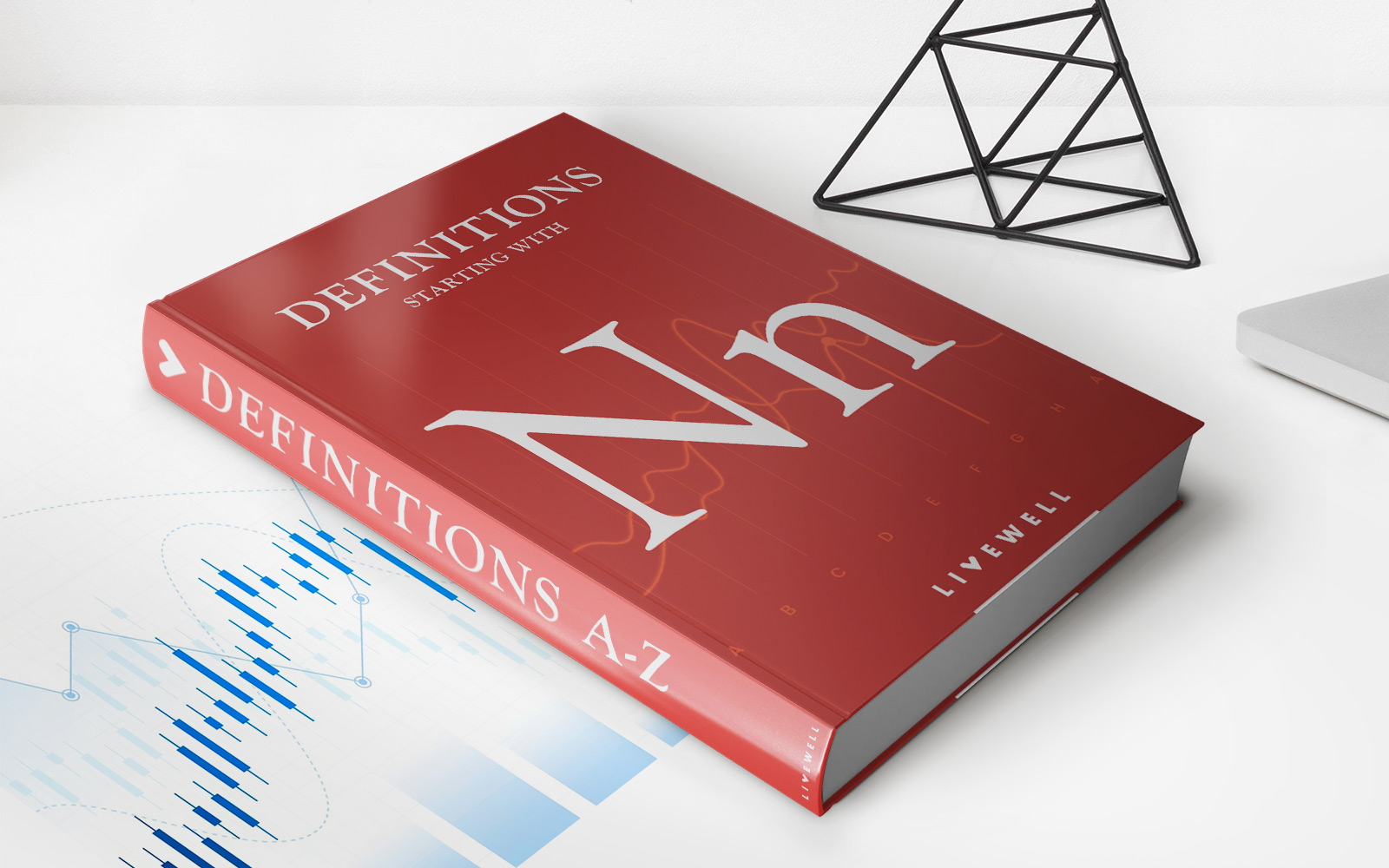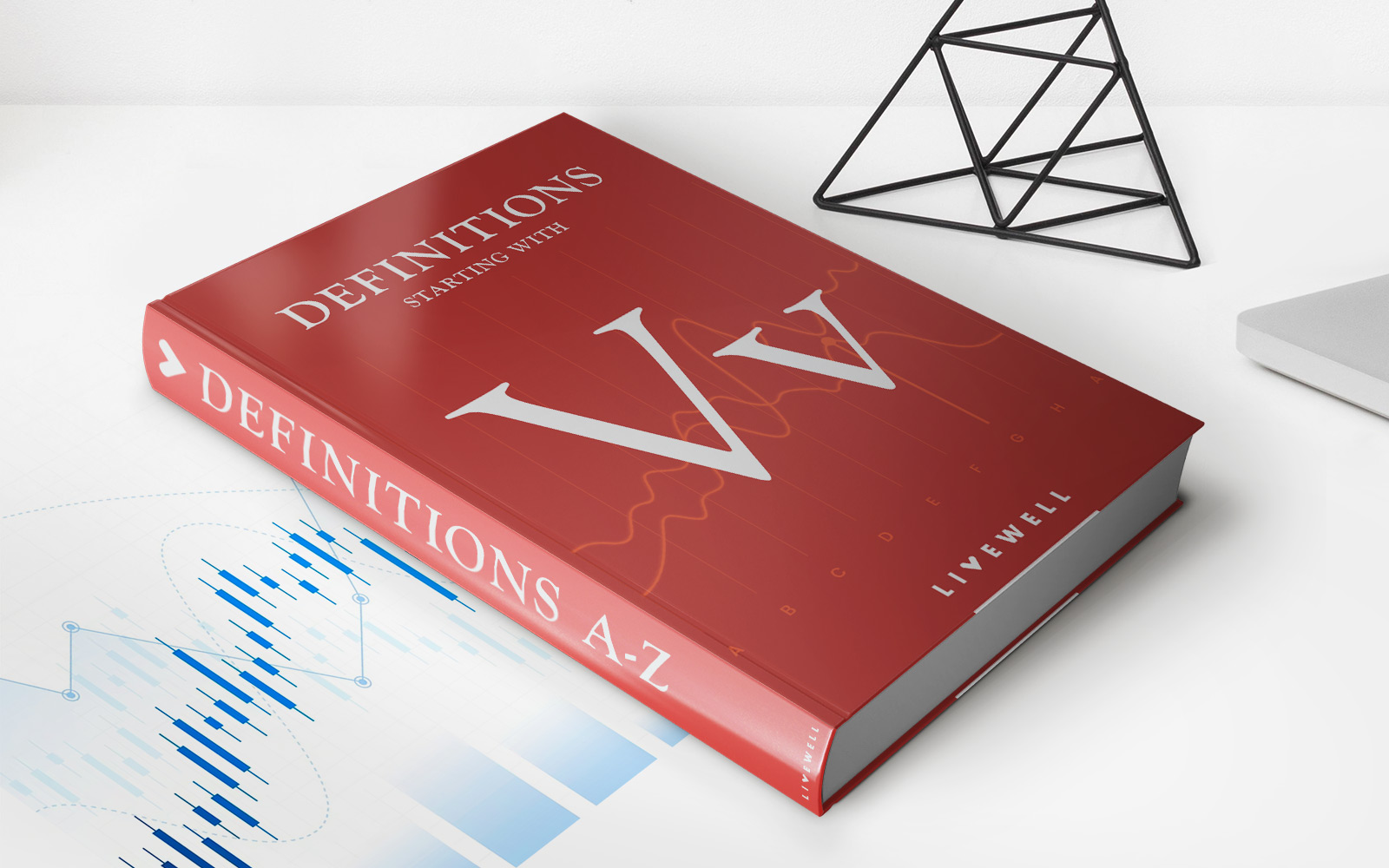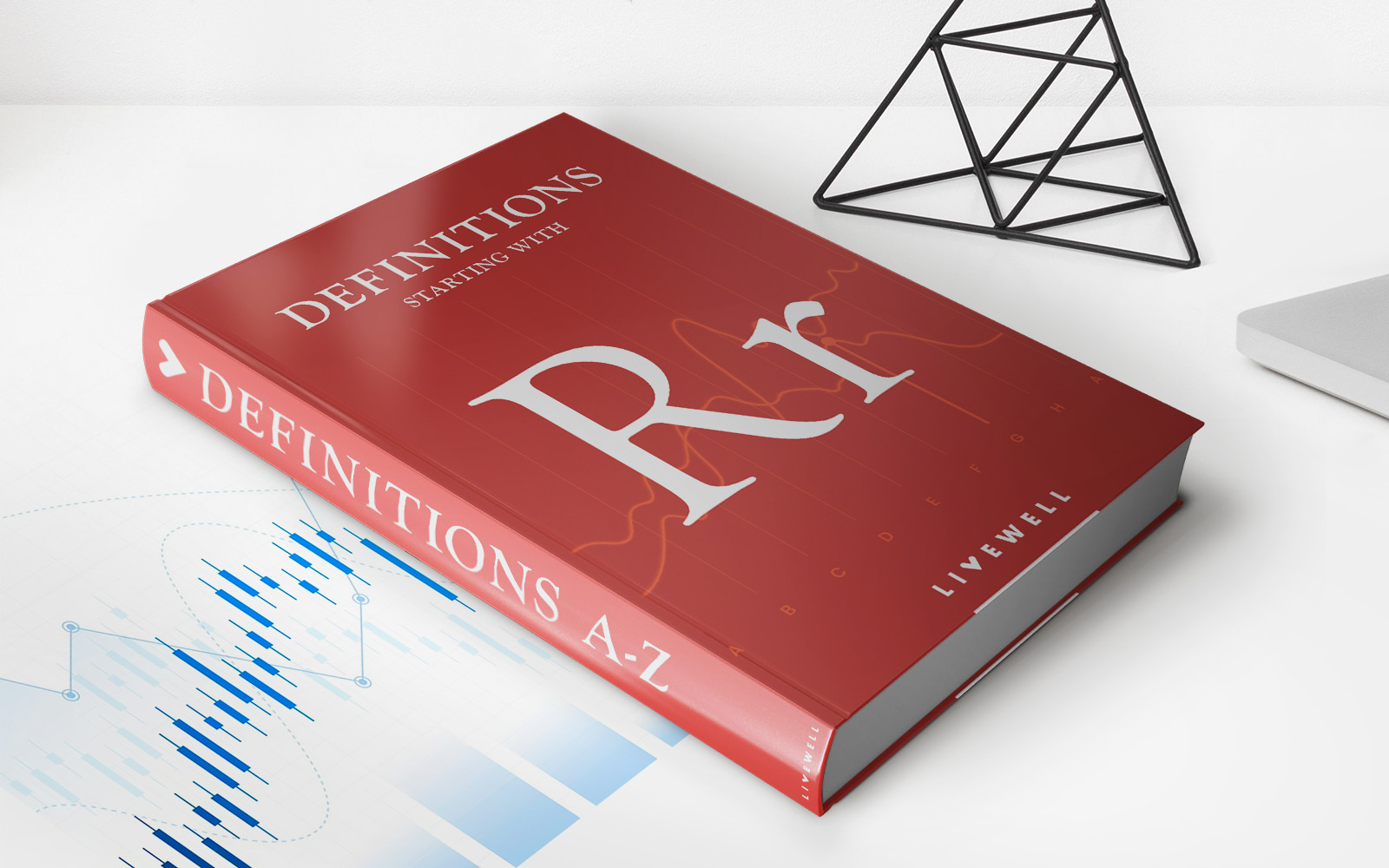Home>Finance>Joint Supply: Definition, Examples In Economics, Vs. Joint Demand
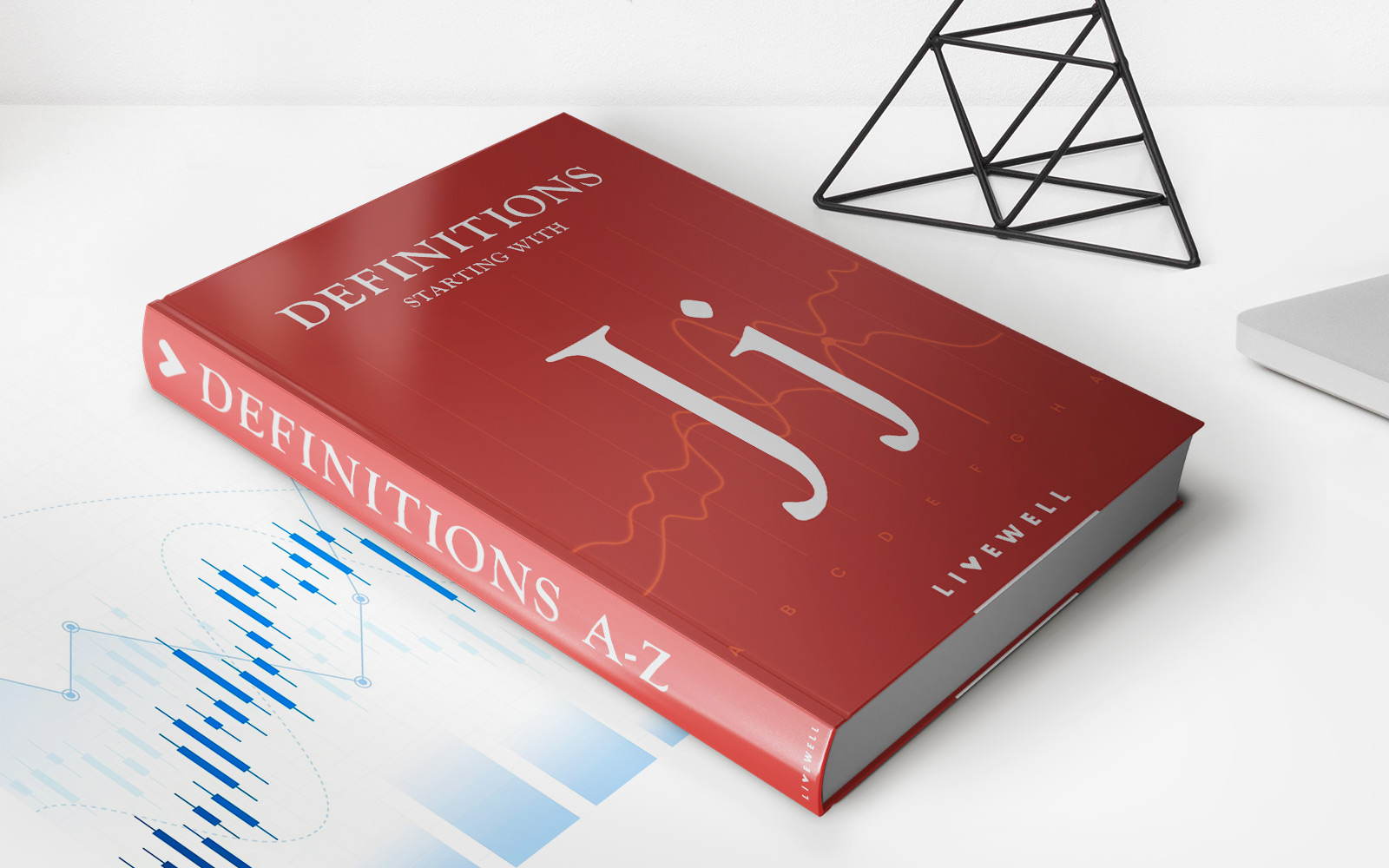

Finance
Joint Supply: Definition, Examples In Economics, Vs. Joint Demand
Published: December 14, 2023
Learn the definition and examples of joint supply in economics, along with its comparison to joint demand. Explore the connection between joint supply and finance.
(Many of the links in this article redirect to a specific reviewed product. Your purchase of these products through affiliate links helps to generate commission for LiveWell, at no extra cost. Learn more)
Understanding Joint Supply: Definition, Examples in Economics, vs. Joint Demand
When it comes to economics, there are various terms and concepts that can sometimes feel overwhelming. One such concept is joint supply. So, what exactly is joint supply, and how does it differ from joint demand? In this blog post, we will explore the definition of joint supply, provide examples in economics, and highlight the key differences between joint supply and joint demand.
Key Takeaways:
- Joint supply refers to when a good or service is produced together with another good or service, as they are derived from the same inputs.
- Joint demand, on the other hand, refers to the simultaneous demand for multiple goods or services that are complementary to each other.
Defining Joint Supply
Joint supply, also known as concurrent supply, occurs when two or more goods or services are produced together using the same inputs or resources. In other words, these goods or services have a shared production process. When the supply of one good or service increases, the supply of the other(s) also increases as a result. Essentially, they are produced in tandem.
A classic example of joint supply in economics is the production of beef and leather. Cattle ranchers raise cattle for both meat and leather production. When the demand for beef increases, more cattle are slaughtered, resulting in an increase in both beef and leather supply. Similarly, if the demand for leather rises, it leads to an increase in the supply of both leather and beef.
Examples of Joint Supply
Joint supply can be observed in various industries and sectors. Some common examples include:
- Crude oil and petroleum by-products: Crude oil serves as a raw material for the production of various petroleum by-products, such as gasoline, diesel, and jet fuel.
- Livestock and dairy products: Dairy farmers often raise cows for both milk and meat. An increase in the demand for milk results in an increased supply of both milk and beef.
- Timber and wood by-products: The logging industry produces timber, which is used in construction, as well as sawdust, wood chips, and other by-products that find uses in different industries, such as paper manufacturing and biofuel production.
Joint Supply vs. Joint Demand
While joint supply involves the production of two or more goods or services together, joint demand refers to the simultaneous demand for multiple goods or services. The key difference lies in the relationship between the two concepts:
- Joint supply: Goods or services are produced together due to their shared production process.
- Joint demand: Goods or services are demanded together because they are complementary to each other or used together.
For example, consider peanut butter and jelly. They have joint demand because they are often consumed together due to their complementary nature. However, they do not have joint supply as they are not produced together using the same inputs.
In Conclusion
Joint supply is a concept that highlights the production of two or more goods or services together. It occurs when these goods or services share the same inputs or resources, resulting in an increase in supply for all of them. Understanding the difference between joint supply and joint demand is crucial in comprehending how goods and services are produced and consumed in the economy. Hopefully, this blog post has shed some light on the definition, examples, and distinctions between joint supply and joint demand in economics.
